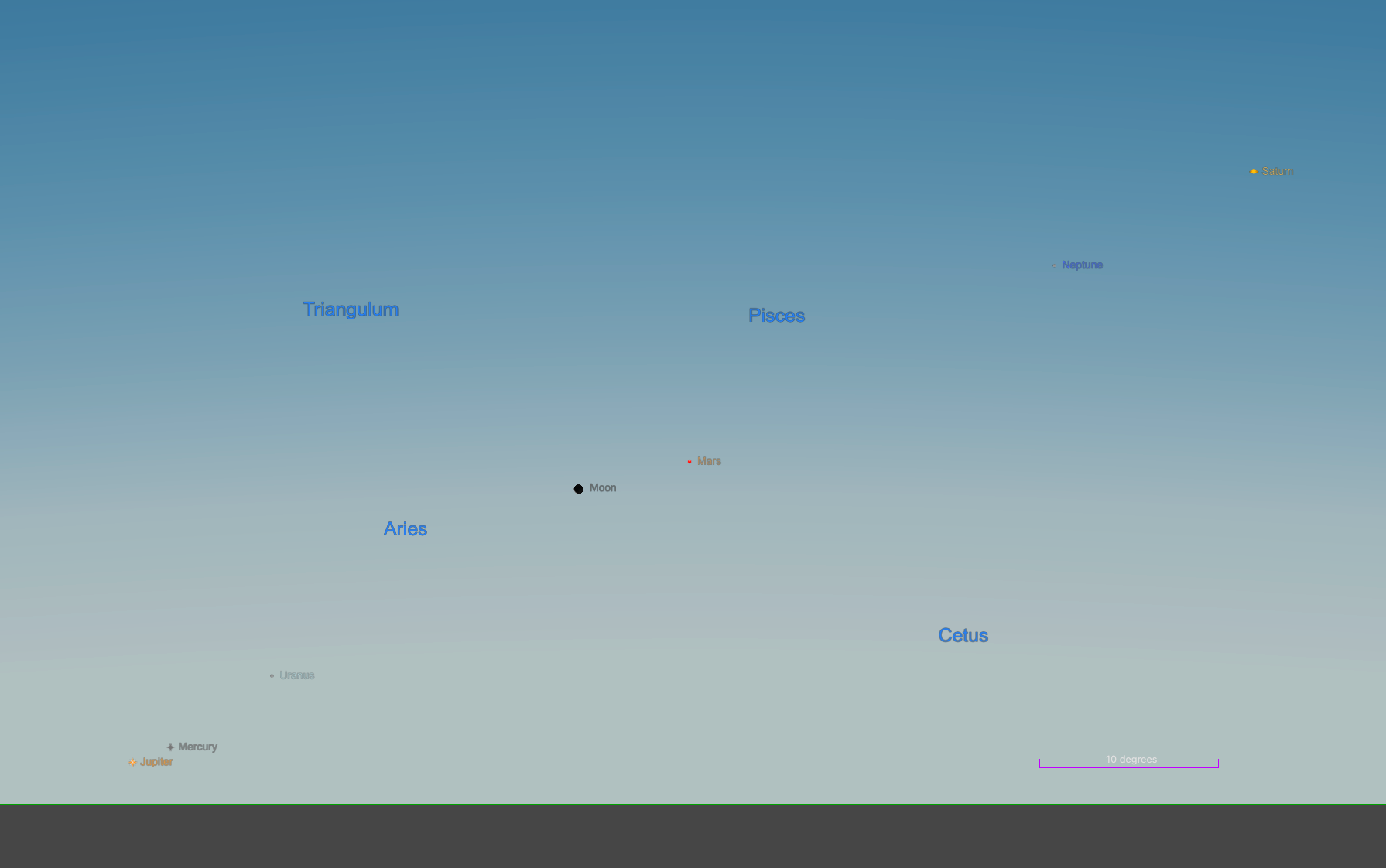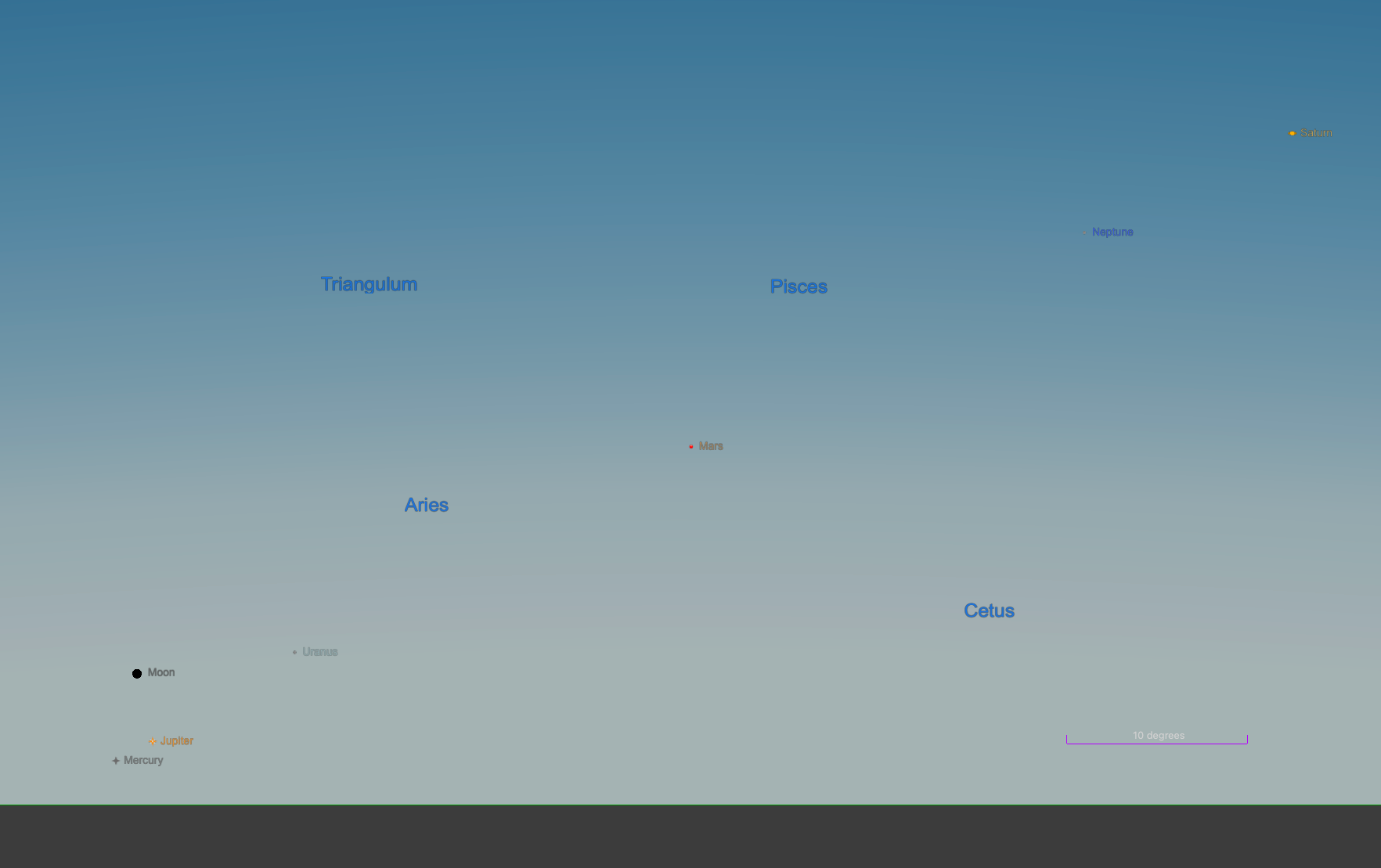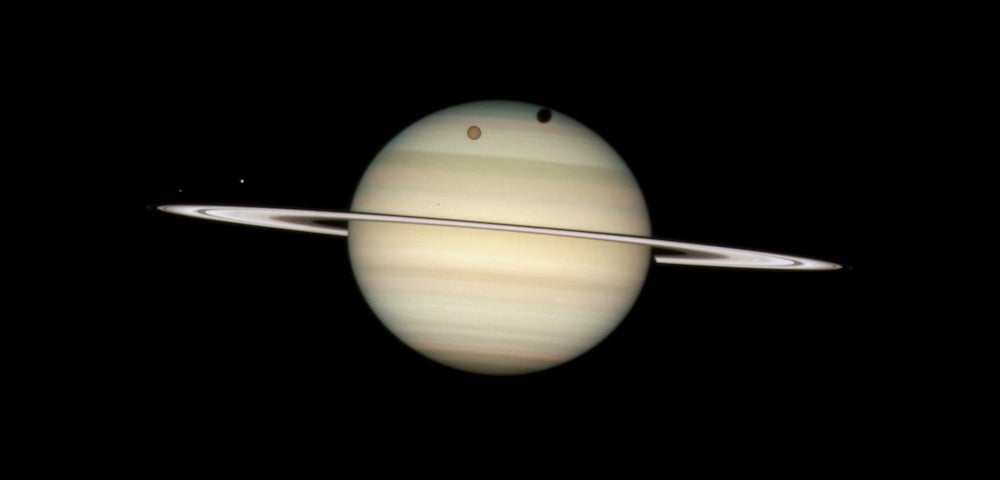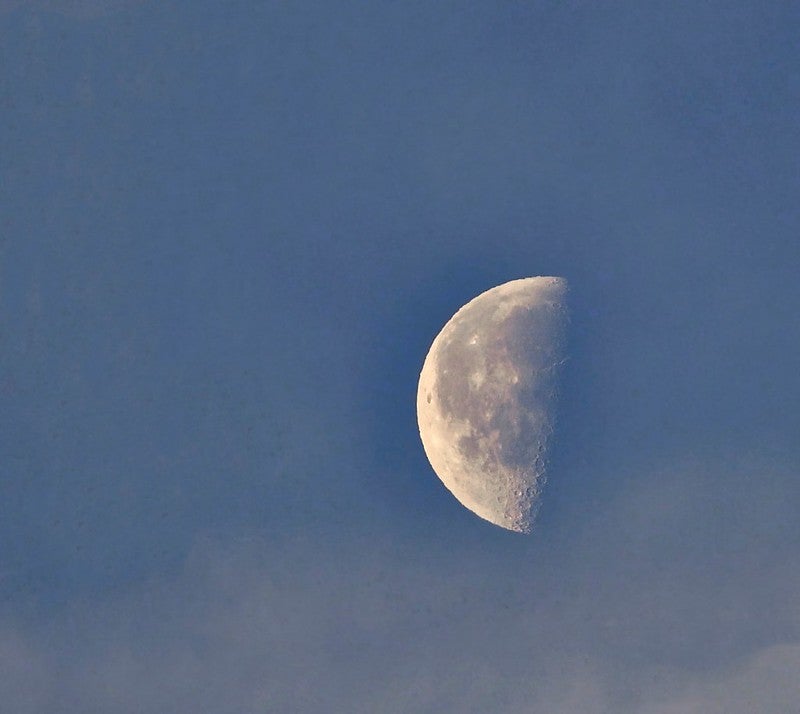
There’s a major planetary lineup coming to the early-morning sky, with the Moon joining in several times in June.
First, though, let’s look at why such lineups occur. If you were to turn our solar system on its side and look at it edge-on, you’d notice that all the planets orbit in a relatively flat plane around the Sun. We call this plane the ecliptic, which is defined specifically by Earth’s orbit around our star. So, Earth’s orbit is tilted 0° from the ecliptic because it defines the ecliptic. All the other planets’ orbits are inclined somewhat from the ecliptic, but not much — Mercury’s inclination is the highest, and it’s just 7°.
When we look up into the sky from Earth, we see that all the planets — and the Sun and (mostly) the Moon — lie along the ecliptic in our sky. And when everything happens to fall into a position such that we can see several planets in the sky at once, they all tend to stand in a line precisely because they all follow that flat ecliptic. The geometry isn’t always perfect, as the planets’ orbits do have those small inclinations, but it’s always a stunning sight to see.
Planets line up in the morning sky

On June 3, six planets form a straight line through the pre-dawn sky that stretches from Jupiter on the eastern end (closest to the horizon) up through Mercury, Uranus, Mars, and Neptune, to Saturn on the western end, highest in the sky before sunrise. Some 20 minutes before sunrise, all six planets should be visible, though note that Uranus (magnitude 5.9) and Neptune (magnitude 7.8) will be too faint for naked-eye observing and, although they’re present in the lineup, will need binoculars or a telescope to spot. But Jupiter (magnitude –2), Mercury (magnitude –1), Mars (magnitude 1), and Saturn (magnitude 1) will all stand out clearly to the naked eye in a line spanning some 73° on the sky.
What’s more, a delicate waning crescent Moon is crashing the party as well, standing just to the lower left of Mars. Note, however, that our Moon is not perfectly in line — that’s because Luna’s orbit is tilted some 5° with respect to the ecliptic.

The next morning, June 4, the crescent Moon does a little better, falling more closely in line a bit farther from Mars. But now Mercury has stepped out of place and stands to Jupiter’s lower right (south) as the two planets reach a close conjunction just 7′ apart — not to be missed, especially in binoculars or telescopes!

By June 5, Mercury lies to Jupiter’s lower left, replacing the gas giant as the easternmost point in the planetary lineup. And the nearly New Moon (just 2 percent lit) stands above the pair.

As June progresses, Mercury quickly ducks out of view, passing close to the Sun before reappearing in the evening sky and leaving us with only five planets in the pre-dawn sky. But those planets continue to form a nice, clean line, stretching nearly 80° from Jupiter to Saturn (with Uranus, Mars, and Neptune in between) by June 30. On this morning, the Moon as rejoined the line, once again a delicate waning crescent about 33 percent lit, hanging perfectly in place to Mars’ upper right.
Planetary lineups like this aren’t uncommon, but they’re always beautiful. It’s well worth taking some time, even if you have to get up a bit early, to stand outside and enjoy a clear view across the solar system from your doorstep.
For weekly updates on the planets, stars, and more, make sure to also check out our Sky This Week column.
Editor’s note: This article was first published in May and has been updated.








